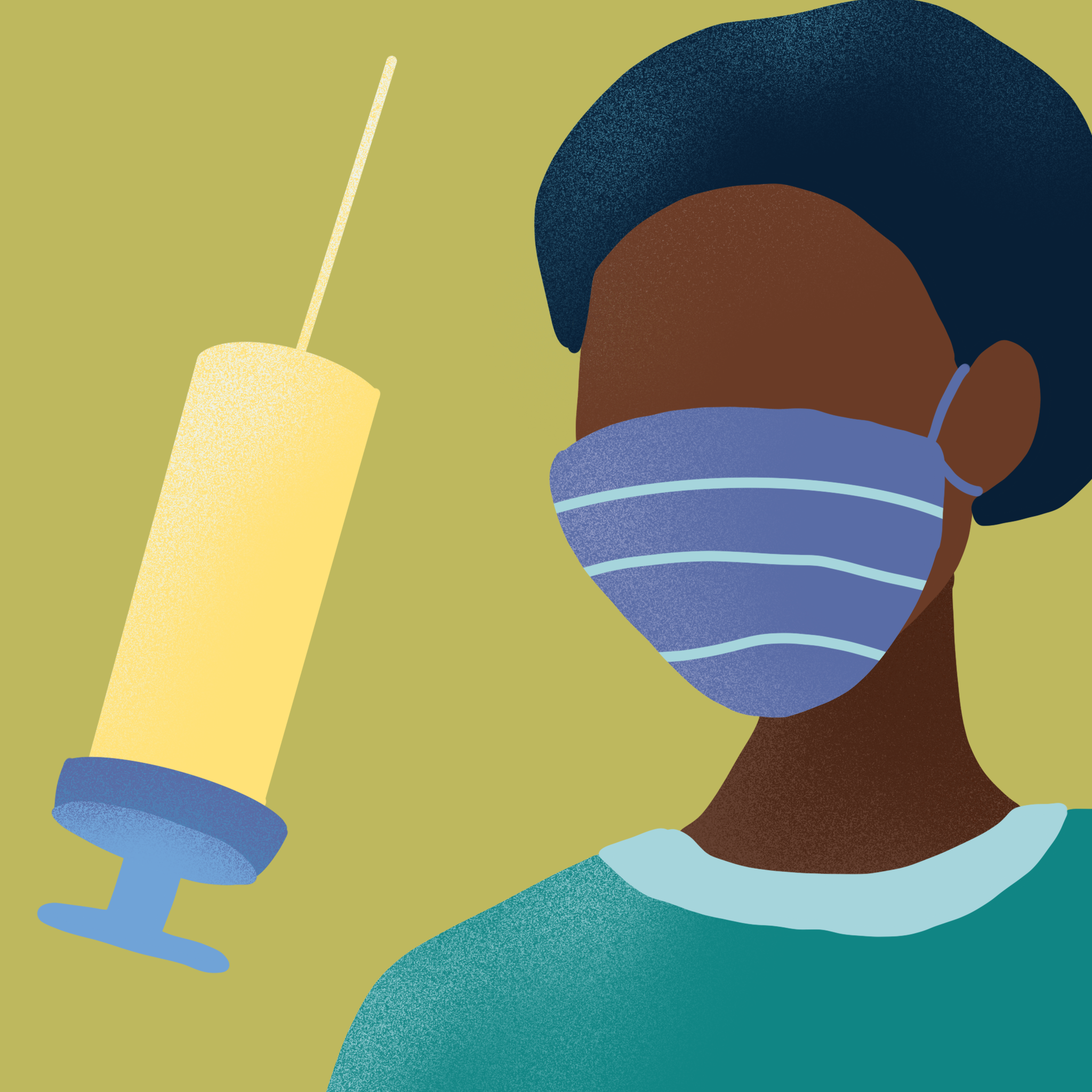
How changes over the pandemic have affected healthcare workers
By Matthew Fraser, Editor in Chief
One of the hardest-hit facilities was Kamloops’ Royal Inland Hospital where approximately two-thirds of emergency room nurses were reported to have quit, citing stress and burnout.
At the start of the pandemic, Vancouver healthcare workers were met with a nightly sonic barrage of gratitude; numerous news and media sources covered the 7 pm cheering and pot banging that filled Yaletown and the West end. However, now that over a year has passed since COVID-19 reshaped daily life, there are indications that gratitude has slipped away from the forefront to be replaced by animosity at the fringes. Not only that but the stress and overwork have taken their toll on nurses in particular.
Recently, the Hospital Employees Union (HEU) revealed that an internal study found that 1 in 4 nurses were considering quitting within the next two years due to the pandemic and its related stress. The same survey unearthed the fact that 60 percent believe that covid had increased their work-related burnout and anxiety.
These pandemic-related stressors were exasperated in the BC interior by the summer’s forest fires and heatwaves. One of the hardest-hit facilities was Kamloops’ Royal Inland Hospital where approximately two-thirds of emergency room nurses were reported to have quit, citing stress and burnout. One nurse whose name was not released by CBC News described the situation as dire with 24 unfilled emergency room positions; this same nurse indicated that several of their colleagues were considering leaving the profession in order to preserve their mental health.
Though hospitals are in need of new nurses, the lack of available spaces in nursing schools’ stymies educators’ abilities to provide more qualified workers. The Globe and Mail reports that Canadian schools have seen an uptick in nursing applications which they have had to deny due to seating limitations. The same article found that application increases ranged from 30 to 65 percent across the country.
Multiple factors are credited for the uptick. Some professors believe that the surge is due in part to those who postponed enrollment last year due to COVID; others think this may be a response to the demand in workplaces as well as the revelation that nursing can be a rewarding career path. They believe that the solution should involve an increase in provincial funding to ensure that more seats are available to prospective students. Additionally, an amelioration of working conditions coupled with expedited schooling is considered ideal.
Additionally, methods that allow nurses to have wider career opportunities would likely help the situation. Speaking with the Globe and Mail, Linda Silas, president of the Federation of Nurses Unions states that there are many licensed practical nurses and personal care workers who would become registered nurses if there were more bridging opportunities. “These health care workers are already in the system. They love what they do. They just want to expand their career options.”
However, that is not to say that there is no difficulty with nurses currently in the field. The Canadian Frontline Nurses’ (CFN) name and logo have become attached to several anti-lockdown, anti-vaccine and, anti-mask protests. In an open letter, Michael Villeneuve, CEO of the Canadian Nurses Association, condemned the group saying: “Their outlandish assertions about science would be laughable were they not so dangerous.”
These “outlandish assertions” coupled with protests—at times organized by the CFN—and assaults in front of hospitals across the country have led to vocal public disdain. September 1 protests in Vancouver and across BC drew the ire of political leaders with Vancouver mayor Kennedy Stewart tweeting for protestors to: “Go the hell home.” Though protestors spurred by vaccine mandates allege that they fear the loss of their rights, reports of an assault on health care workers and other forms of harassment raise questions.
All in all, the plight facing Canadian nurses is ongoing and important to the future health of Canadians.

